
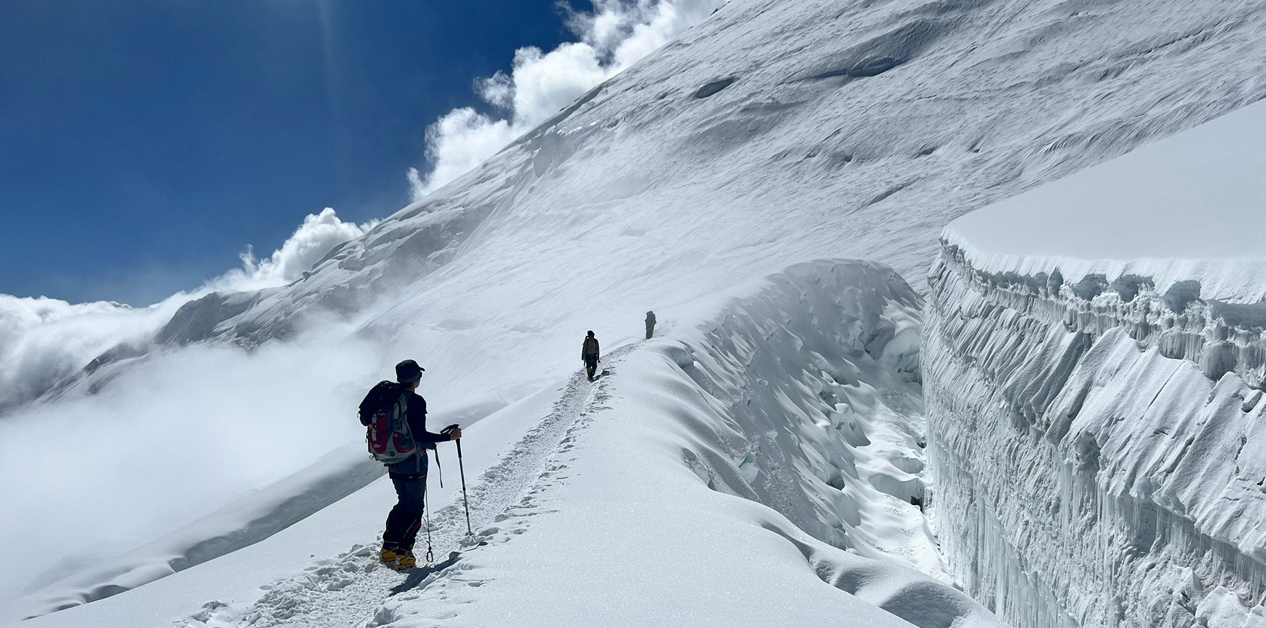
On September 25, Turkish climber Merve Tekin Yildiz (38) summited Manaslu (8,163 meters), the world’s eighth-highest mountain.
Having climbed smaller mountains in various countries, this was her first time reaching an 8,000-meter peak.
“Climbing an 8,000-meter mountain presents completely different physical and mental challenges,” said Merve.
Merve’s Manaslu expedition began on September 15 with traditional prayers. She spent the first two nights at Camp One and one night at Camp Two before returning to base camp.
After resting three nights at base camp, she began the final ascent. Spending one night each at Camp One and Camp Two, and resting 5–6 hours at Camp Three, she reached the summit.
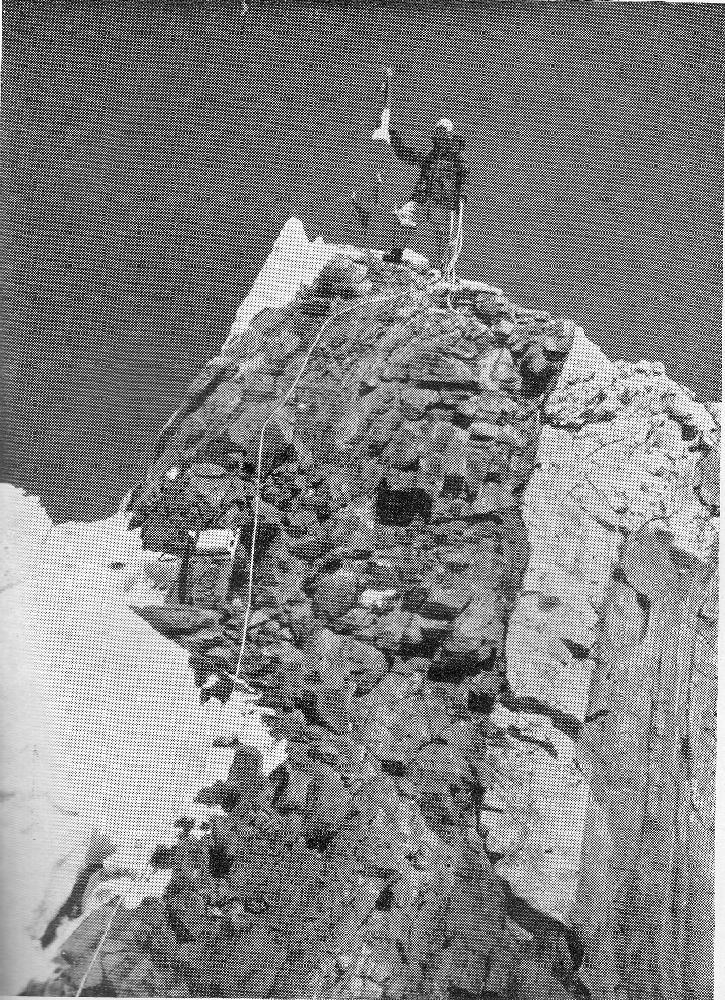
“Next spring, I plan to climb Lhotse (8,516 meters) and Everest (8,848 meters),” Merve said, excited after summiting Manaslu.
She was not alone; other climbers this season also targeted Manaslu, as expedition companies often recommend it as the first 8,000-meter climb.
“Initially, climbers contact us aiming for an 8,000-meter peak. We usually suggest Manaslu first, then Everest,” said Mingma Sherpa, chairman of Seven Summit Treks.
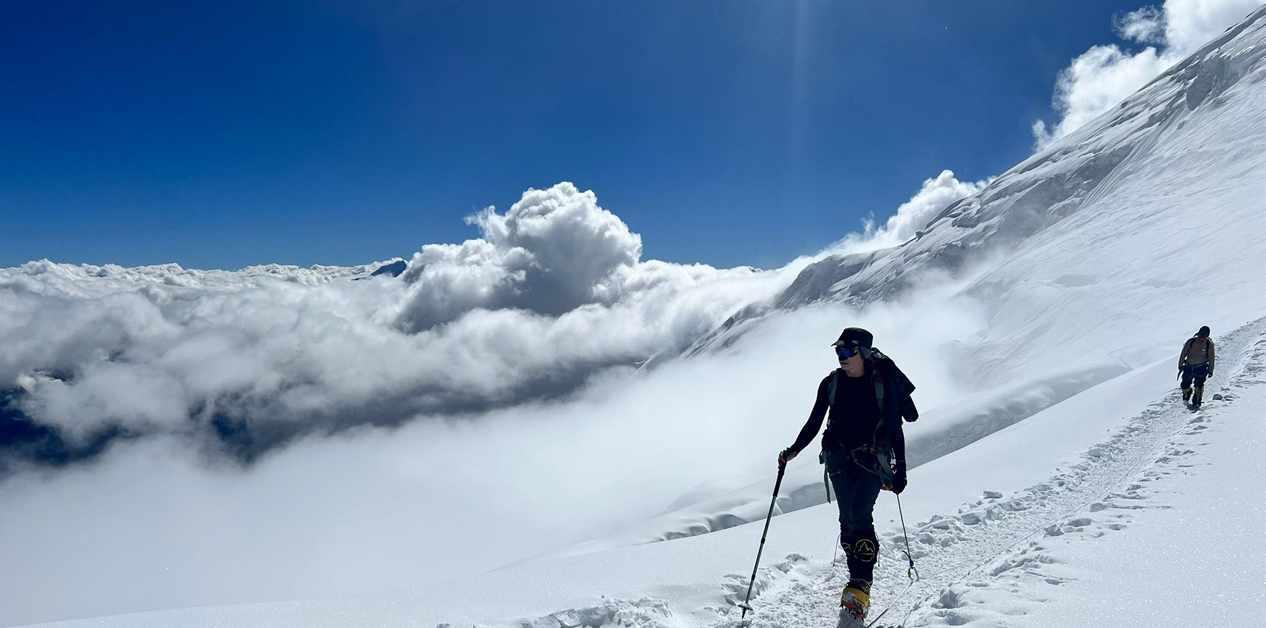
According to the Department of Tourism on September 23, 374 permits were issued for Manaslu this autumn.
“Around 90% of climbers this season succeeded,” Sherpa added.
The first ascent of Manaslu was on 9 May 1956 by Gyaltsen Norbu Sherpa, photographed by Japanese climber Toshio Imanishi.
As of September 22 this year, permits were issued for 23 mountains to 516 climbers, with 72.5% of them for Manaslu.
From ‘killer’ to practice peak
The 1956 Japanese expedition of Toshio Imanishi and Gyaltsen Norbu Sherpa reached Manaslu’s summit, helping raise Japan’s morale after World War II.
“Given how Japan was devastated in World War II, Manaslu played a role in boosting national morale,” said Anis Dahal, founder of non-profit HITED Nepal.
Since that expedition, climbers worldwide regularly attempt Manaslu.
By 2024, it had been summited 3,750 times, ranking third among 8,000-meter peaks in terms of climbs.
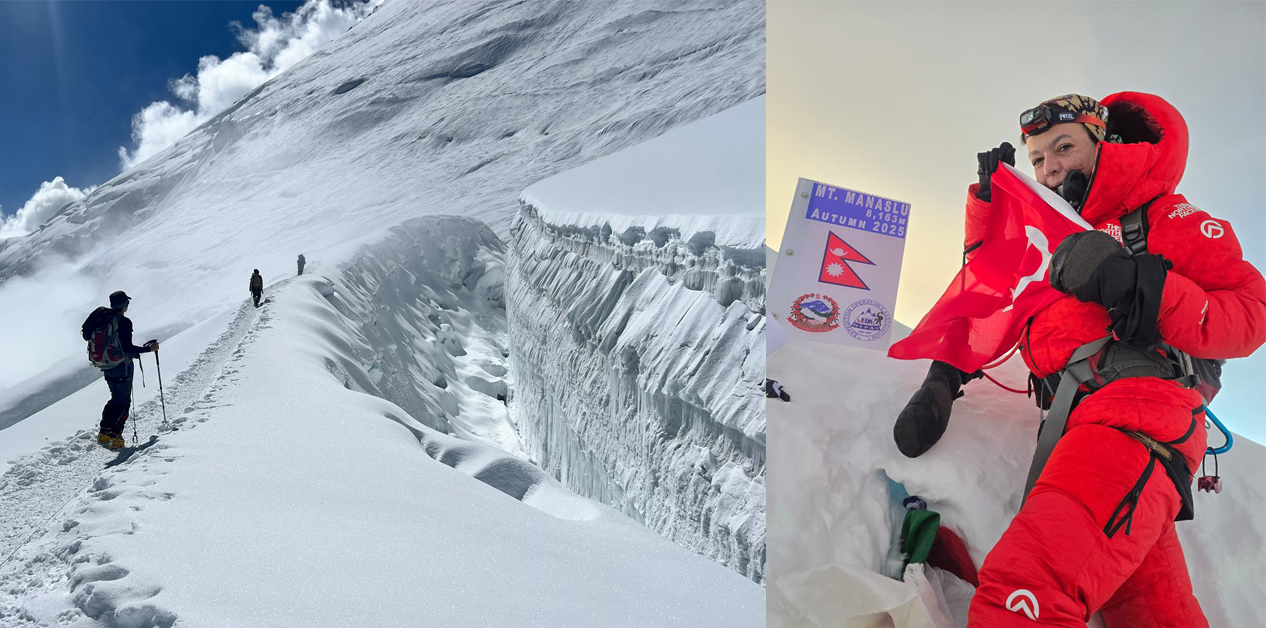
Everest has been summited 13,731 times by 2025 (9,155 from Nepal, 3,730 from Tibet).
In spring 2025 alone, 678 climbed from Nepal, 168 from Tibet.
Cho Oyu ranks second in total ascents above 8,000 meters with 4,081 climbs, followed by Manaslu with 3,750.
Khimalal Gautam, author of “Pandhraau Chuli” (The Fifteenth Peak) said climbing Cho Oyu from Tibet is geographically easiest, followed by Manaslu.
By 2024, Manaslu claimed 90 lives—46 in spring, 42 in autumn, 2 in winter.
Autumn has seen 3,416 successful ascents; spring 313; winter 22.
Until 1976, Manaslu climbs were mainly in spring. Researchers later found autumn weather more stable, increasing autumn ascents and fatalities.
Weather, geography, and cost
Heights above 8,000 meters are “death zones” where oxygen is only 21% of sea level, and air pressure is one-third.
Lack of oxygen damages cells and tissues; heart and brain function declines, impairing judgment.
Winds are intense; even the fittest cannot survive long.
Avalanches, sudden weather shifts, and low oxygen make climbing highly risky.
Nepal Mountaineering Association vice-president Mingma (David) Gabu Sherpa says trained manpower, technological improvements, and accurate forecasts have reduced risks.
“Personnel are experienced, equipment is better, and forecasts are accurate,” he said. Lighter gear has also made ascents easier.
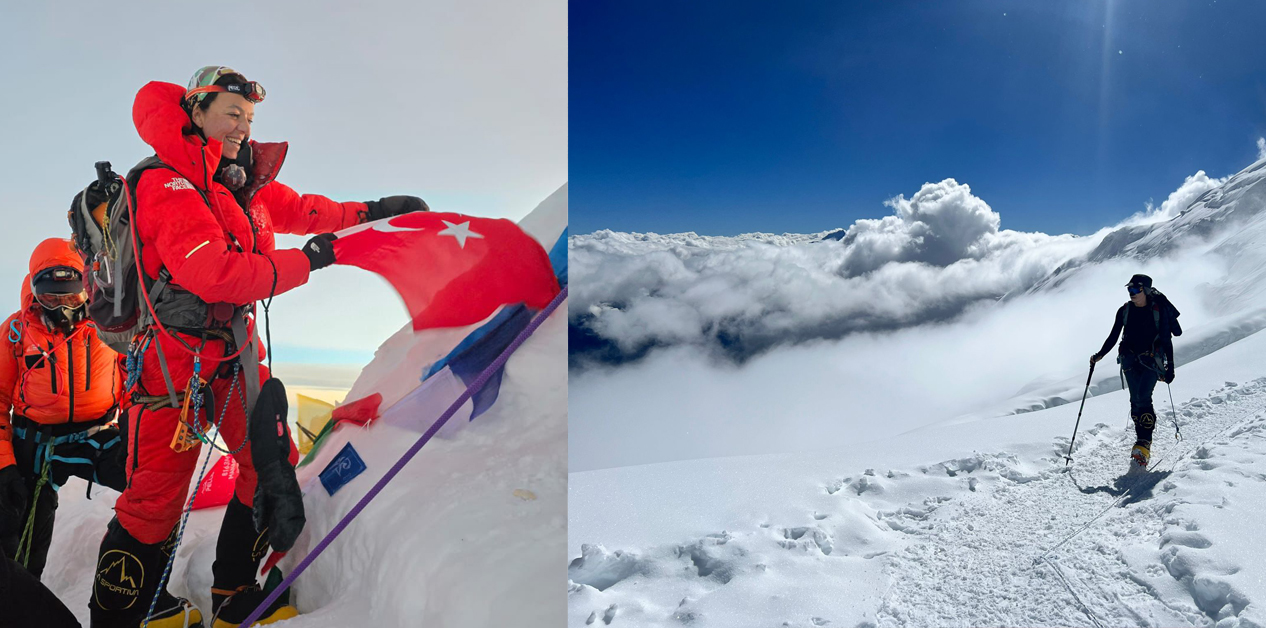
David has climbed all 14 peaks above 8,000 meters.
He summited Manaslu four times (2012, 2015, 2018, 2019) and Everest seven times.
Known for winter ascents of K2 (“Killer Mountain”), he is among only ten climbers with this record.
“At Manaslu base camp in spring, everything is covered in snow; rocks are invisible. Autumn is different,” he said.
Spring brings heavier snowfall to Manaslu than Everest, Makalu, or Kanchenjunga.
David recommends Manaslu, Annapurna, and Dhaulagiri for climbers.
“Manaslu is often used for Everest preparation,” he said.
The government had considered requiring climbers to summit 7,000-meter peaks in Nepal before Everest. Though drafted in parliament, the bill remains pending.
Amadablam (6,812 meters) also sees frequent climbs in spring and autumn, though it is below 7,000 meters.
Currently, Himlung (7,126 meters) and Manaslu are the main peaks above 7,000 meters.
Chinese restrictions on Tibet climbs have increased Nepal’s climbing numbers.
Over 12 years, Manaslu saw 3,900 ascents, Cho Oyu only 930.
Manaslu costs $15,000 per climb; Cho Oyu costs $35,000 due to transport of Sherpas from Nepal.
Nepali Sherpas dominate 8,000-meter climbs worldwide, maintaining Nepal’s prominence in high-altitude mountaineering.